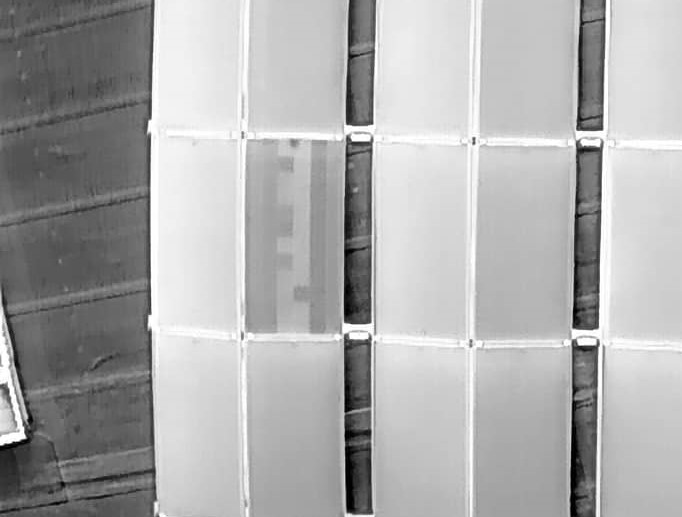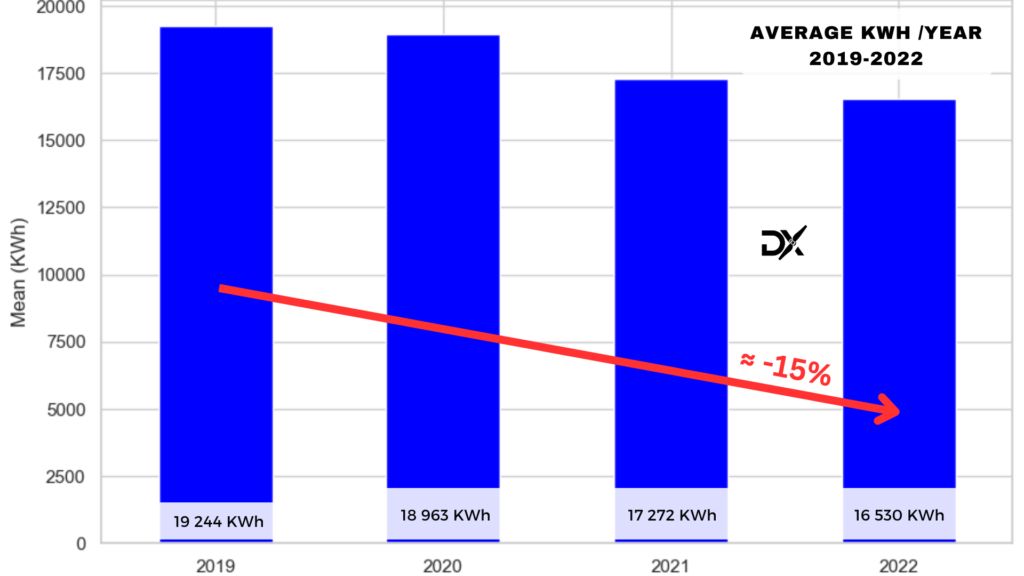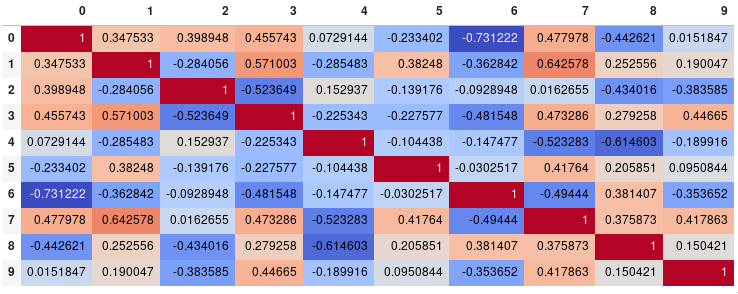Drones and AI: a Winning Duo for Solar Energy
Renewable energy, particularly solar energy is on the rise. To meet the growing demand for electricity, it is necessary to develop more efficient and sustainable solutions.
Drones and artificial intelligence technology offers significant potential to improve the performance of solar installations. These technologies can be used for inspection, data collection, and making more informed decisions.
That is precisely what Dronitix uses and what we offer to our clients to improve their solar energy performance.
Solar Installations Inspection


Solar panels are composed of many components, such as diodes, cells, strings, and glasses. These components are susceptible to failure, which can lead to a loss of energy production.
We use drones to inspect solar installations quickly and efficiently. We can have access to difficult-to-reach areas, such as roofs or large solar fields. Drones are equipped with high-resolution cameras and powered zoom that allow for inspecting components in the smallest details.
By computer vision, we analyse the images and videos captured by drones. This analysis can detect anomalies, such as cracks, hot spots, or faulty/bypassed diodes.
Using Thermal Cameras for Drone-Based Solar Inspections
Thermal cameras are an essential tool for drone-based solar inspections. They can detect hot spots, which are potential signs of problems such as cracks, debris, or faulty diodes.
Hot spots can lead to a loss of energy production, or a complete failure of the installation and even fires. By detecting hot spots early, we can take corrective action to prevent these problems.
Thermal cameras capture images and videos of the surface of solar panels and then analysed by our teams using cutting-edge software.
We can finally use these images to identify the cause of the hot spots and take corrective action.
Here are some examples of problems that we can detect with a thermal camera:
Cracks: Cracks can occur in solar panels due to factors such as inclement weather or impact.
Debris: Debris, such as leaves or branches, can block sunlight and reduce energy production.
Faulty diodes: Faulty diodes can cause current leaks, which can lead to a loss of energy production.
Hot spots: Hot spots are areas of the surface of solar panels that are hotter than other areas. They can be caused by cracks, debris, or faulty diodes.
Dirt: Dirt can block sunlight and reduce the energy production of solar panels.
By using thermal cameras for drone-based solar inspections, we can help our customers improve the performance and reliability of their installation

Data Collection
Our drones are well-suited for the task of collecting data on solar installations, which can then be used to improve the efficiency of installations and detect maintenance needs.
Equipped with sensors that can measure a variety of parameters, such as solar irradiance, solar panel temperature, and energy production, this data can be collected in real time or stored for later analysis.

Let's dive into a bit of “Minority Report” vibe with Machine learning.
Machine learning lets us analyze historical data from solar installations to create predictive models that forecast future production and consumption.
For example :
Imagine that we have a solar installation that has been operating for five years. We have been collecting data on the production of this installation, including the amount of energy it produces, the amount of sunlight it receives, and the temperature of the panels. We use this data to train a machine learning model and predict the future production of this installation. This model can now be used to predict when the installation is likely to reach its maximum production capacity. This information is used to schedule an upgrade of the installation before it reaches its maximum capacity. This will help to ensure that the installation continues to produce maximum energy for as long as possible.
Machine learning can also predict when a solar panel is likely to fail. This information can be used to schedule maintenance of the panel before it fails. This will help to prevent a loss of production and damage to the panel.
In the future, machine learning is likely to play an even greater role in the management of solar installations. As technologies continues to improve, we will be able to use machine learning to make more accurate predictions about the performance of solar installations. This will help to ensure that solar installations are operating at their maximum efficiency and reliability


Conclusion
The integration of machine learning and drone into the data retrieval process offers significant potential to improve and optimize the performance of solar installations. This integration allows for anticipating problems and taking corrective action before they occur.
Dronitix is a pioneer in the use of drones, deep and machine learning for solar installations in Belgium. We are proud to offer our customers the most innovative solutions to improve the performance and reliability of their assets.
Authors
Marco Macaluso
CEO & UAV Main Pilot at Dronitix

